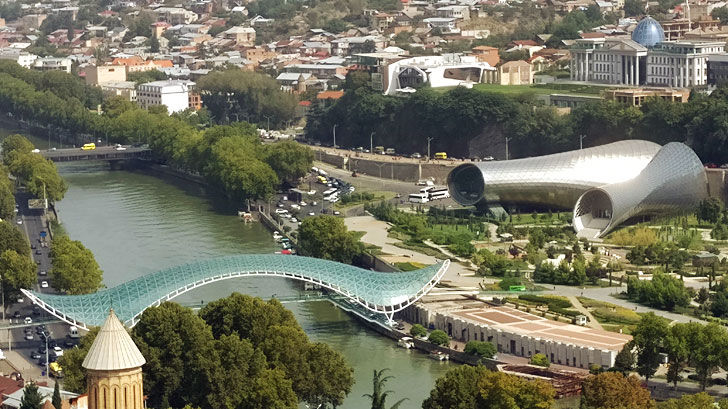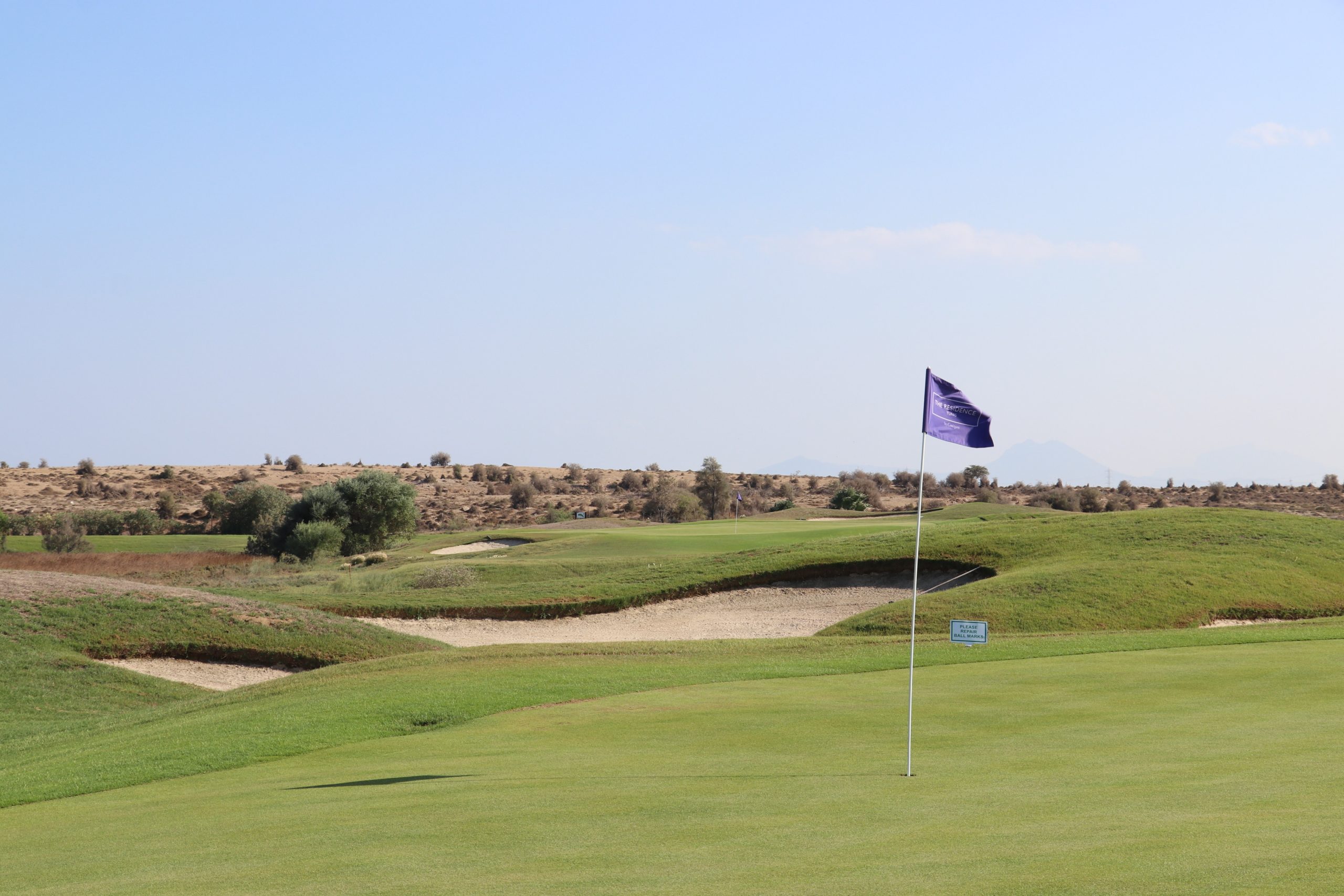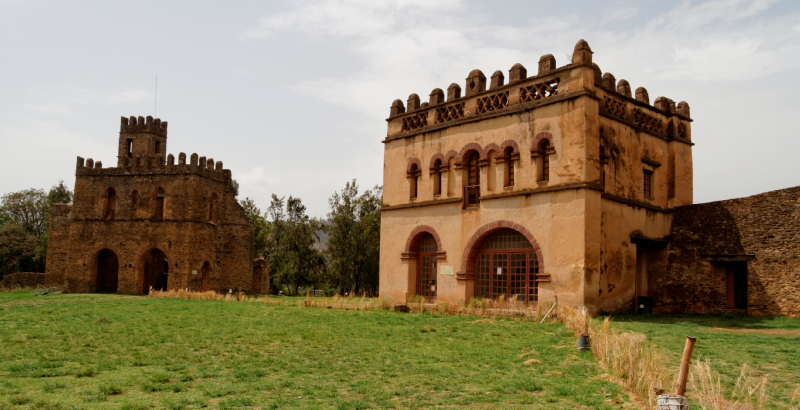In Georgia l’Italia è sempre stata famosa per tante sue qualità come l’arte, il cibo, la musica, il cinema, la moda e il calcio. Negli ultimi 15 anni ha però iniziato a farsi conoscere anche per l’architettura, grazie a due grandi architetti che hanno ridisegnato lo skyline di Tbilisi.
Infatti il governo georgiano nel 2004, per avviare nel Paese una rinascita politico-culturale, per rifarsi il look e per trasformare Tbilisi in una città cosmopolita, ha assunto l’architetto e designer ferrarese Michele De Lucchi.
Uno dei primi progetti affidatigli dal presidente Saakashvili è stata la riqualificazione del quartiere Rike, nei pressi del centro cittadino, dove è stato costruito un nuovo parco e dove è stato realizzato il nuovo Palazzo presidenziale (che ricorda molto il Reichstag di Berlino), i cui lavori, iniziati nel 2004, sono terminati nel 2009.
In seguito a De Lucchi è stata anche affidata la costruzione del nuovo palazzo del Ministero degli Affari Interni, struttura realizzata nel 2008, costruita su un’area di 50.000 mq, interamente ricoperta di vetro e ricorda la forma di un nastro ondulato.
L’anno successivo l’architetto ferrarese ha inoltre curato la realizzazione del Ponte della Pace, che collega lo storico quartiere Berikoni al quartiere Rike, attraversando il fiume Mtkhvari e diventando subito uno dei simboli della capitale georgiana. E’ di forma sinusoidale, composta da tubi d’acciaio ed elementi in vetro di forma trapezoidale. Visto da lontano il Ponte della Pace sembra essere sospeso sull’acqua, in quanto gli unici appoggi sono situati lungo le due sponde del fiume. L’opera è stata pensata come vero e proprio ponte tra antico e moderno, non solo perché divide il centro storico dal rinnovato quartiere Rike, ma anche perché simboleggia le ambizioni di un paese che vuole guardare avanti senza però dimenticarsi della propria identità.
Dopo questa importante collaborazione, è toccato poi a Massimiliano Fuksas, uno dei più noti architetti a livello internazionale, arricchire di nuove opere lo skyline di Tbilisi.
La prima struttura realizzata da Fuksas nella capitale georgiana è stata il Tbilisi Public Service Hall, attualmente sede di numerosi uffici amministrativi, a poche centinaia di metri dal Ponte della Pace di De Lucchi, è formato da sette volumi a sbalzo ricoperti di vetro, disposti intorno ad una grande piazza centrale. L’intera struttura è infine ricoperta da 11 grandi “petali” diversi tra loro per geometria e dimensioni, strutturalmente indipendenti dal resto dell’edificio e sorretti da una struttura a piloni ad albero.
Un’altra opera realizzata dall’architetto romano, ultimata negli esterni ma purtroppo non ancora utilizzata, è il Music Theatre and Exhibition Hall, nato come periscopio dal parco Rike a protendersi verso la città, infatti è composto da due volumi vagamente sagomati come grossi tubi e collegati come corpo unico ad un muro di contenimento.






